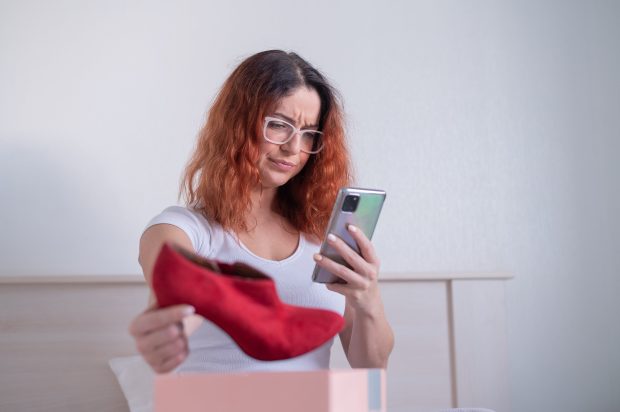Consumers Fuel Uber’s Newest Return Service

Most people consider returns annoying. And by most people, we mean the 79% of shoppers under 30 the National Retail Federation surveyed who consider mail returns to be somewhat or very bothersome.
Responding to this finding is Uber, which last week launched its “Return a Package” service, enabling users to dispatch a maximum of five pre-paid and securely sealed packages to a nearby post office, UPS or FedEx for a flat fee of $5, or just $3 for Uber One members. This service can be accessed through the Uber and Uber Eats apps in almost 5,000 cities.
“Uber’s new service is another example of how consumers are setting a new standard for how and where they want to conduct retail transactions,” said Loop Return’s CEO, Jonathan Poma in a conversation with PYMNTS. “Ultimately, they want brands to meet them where they are. Uber is aiming to bridge this gap for the returns process.”
Following this sentiment, Poma highlights that consumers expect a variety of alternatives for handling returns. Thirty-seven percent of them aim to circumvent the inconvenience of repackaging and opt for in-store returns, while 36% value the convenience of at-home pickup.
Why Uber’s Move Makes Sense for Retailers
While the primary beneficiaries are consumers, brands and retailers also stand to gain from Uber’s package return service. It streamlines the return process, reducing the administrative burden and costs associated with handling returns.
By providing a convenient return option, brands and retailers can improve customer loyalty and increase repeat business. Plus, the pre-paid labels and secure packaging ensure that returned items are handled with care, minimizing damage and reducing the likelihood of disputes or chargebacks.
How It Works
Once the user chooses a nearby postal carrier and verifies the pickup, Uber will dispatch a courier to their location for package collection, subsequently delivering it to a nearby U.S. Postal Service, UPS or FedEx facility. Customers can then monitor their package’s progress in real-time through the app. Following the drop-off, the courier will send a visual confirmation or a photo of the receipt.
This feature is versatile, allowing users to either return a package or send out mail, provided the package adheres to certain criteria: It must be pre-paid with a label or QR code, securely sealed and weigh less than 30 pounds while having a value under $100. Additionally, these packages must adhere to Uber’s shipping guidelines, which exclude items such as alcohol, highly perishable foods, gift cards, fragile items, and more.
How Easy Returns Can Help Build Loyalty
Poma notes that returns are a “touchpoint to turn things around with a customer who isn’t happy with their initial purchase.” In fact, when a retailer provides a fast, convenient and seamless return experience, 98% of consumers indicate that they are more inclined to continue making purchases with that retailer.
Should Uber continue to offer a straightforward and hassle-free experience, brands and retailers could seize an opportunity to boost consumer loyalty, as Uber has shouldered the responsibility of a task disliked by nearly 80% of consumers under 30.
This goes back to the original thinking about how a great returns experience can significantly enhance a brand’s image.
While it may seem counterintuitive, emphasizing returns as a driver of customer loyalty can actually enhance a brand’s reputation. A well-crafted and hassle-free returns process yields several benefits.
To begin, when a brand offers a smooth returns process, it sends a compelling signal of confidence in the quality and dependability of their products.
Secondly, a seamless returns process underscores the brand’s commitment to meeting its customers’ needs and ensuring their convenience, thereby strengthening the connection between the brand and its customer base.
Lastly, in the era of online shopping, customers often grapple with uncertainties about their purchases, such as variations in appearance, size or functionality. By providing a straightforward returns process, the brand effectively mitigates this uncertainty, offering customers reassurance that they can easily return or exchange products without encountering complications.
“The behavior adaptation will be challenging,” Poma said. “Ultimately, this is a win for consumers, shoppers, and brands.”

